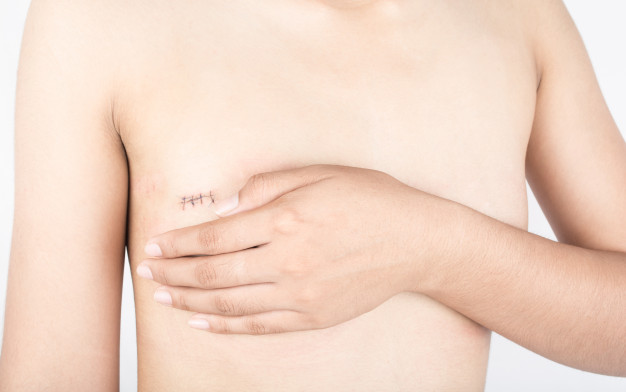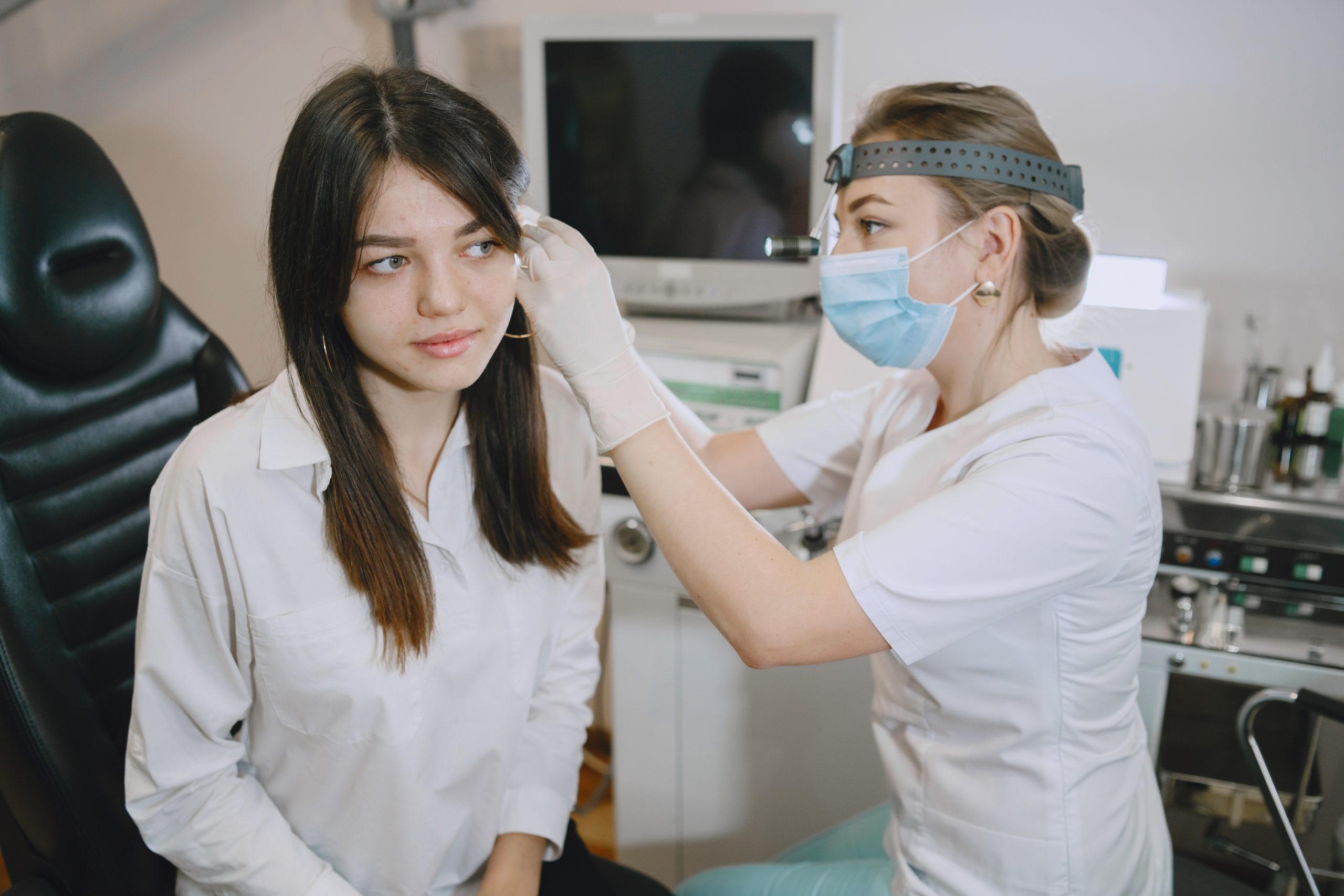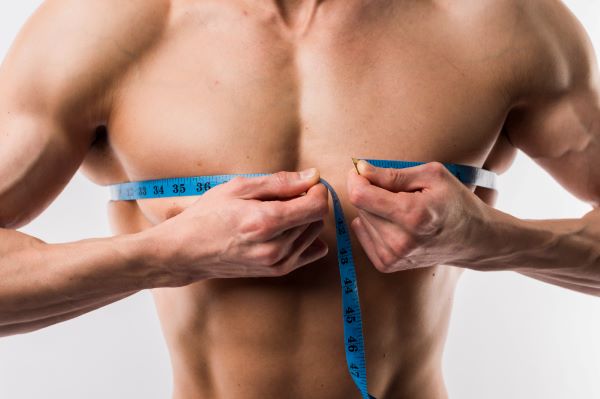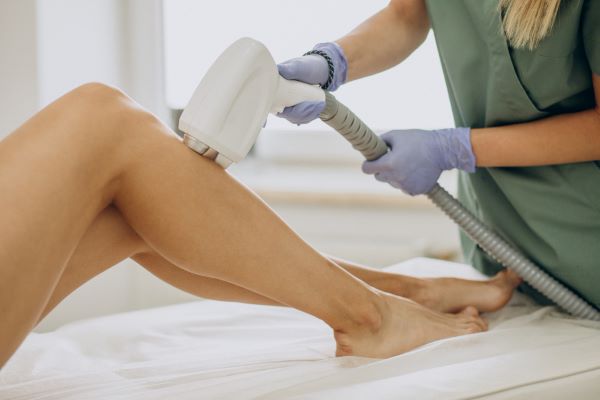Mastectomy is the terminology used in medicine and healthcare industry for the surgical removal of one or both breasts, partially or completely. It is performed to treat breast cancer. Some people at high risk of breast cancer have the operation as a preventive measure while some people go for a local excision, which is also known as a lumpectomy. In a lumpectomy, a small volume of breast tissue containing the tumour and surrounding healthy tissue is removed to conserve the breast.
Previously, a radical mastectomy involving complete removal of the breast,
lymph nodes in the underarm, and some chest muscles under the breasts, was the standard treatment procedure for breast cancer. But numerous advancements in the healthcare industry over the past 2 decades have come up with more options than ever before. Now, there are several less invasive breast-conserving treatments are available.
Types of mastectomy
Below are the different types of mastectomy based on their procedures:
Simple mastectomy
The surgeon removes the entire breast, including the nipple, areola, and skin in this surgical procedure. Some underarm lymph nodes may also be removed.
Skin-sparing mastectomy
In this surgical procedure, only the breast tissue, nipple and areola are removed, and the rest is left intact. The amount of breast tissue removed is the same as with a simple mastectomy and implants or tissue from other parts of the body can be used during the surgery to reconstruct the breast. Many women prefer skin-sparing mastectomy due to less scar and the reconstructed breast seems more natural. However, it may not be suitable for larger tumours or those that are close to the surface of the skin.
Nipple-sparing mastectomy
This is a variation of the skin-sparing mastectomy. The breast tissue is removed, and the breast skin and nipple are left in place. This is followed by breast reconstruction. The surgeon removes the breast tissue beneath the nipple and areola during the procedure to inspect for cancer cells. If cancer is found in this tissue, the nipple is removed. For women who have a small, early-stage cancer near the outer part of the breast, with no signs of cancer in the skin or near the nipple, this is a viable option.
Procedure
A mastectomy is usually performed under general anaesthesia. The surgeon removes all of the breast tissues. In quite a few, the nipple and areola are also removed.
Then, the surgeon closes the skin with stitches, puts in 1-2 tubes, which are known as surgical drains so that the fluid from the wound can drain out. The drains stay for about a week to 10 days after surgery.
Assessing tumour margins
First, a pathologist inspects the tissue removed during the surgery. Examining it under a microscope, the pathologist determines whether cancer cells are present in the rim of tissue around the tumour.
With a mastectomy, the whole breast is removed during surgery. So, whether the margins contain cancer cells doesn't usually affect your treatment.
Only in very few cases, the skin margins contain cancer cells after mastectomy. In these cases, more surgery or radiation therapy is recommended.
Assessing lymph nodes
The lymph nodes in the underarms are the first place where cancerous cells go if breast cancer spreads.
During a mastectomy, some of the axillary lymph nodes are also removed to check for cancerous cells. The presence or absence of cancer in these nodes is an important factor determining the cancer stage and prognosis.
Ductal carcinoma in situ (DCIS)
Once a mastectomy is performed, a person can no longer have a sentinel node biopsy. So, before a mastectomy is used to treat DCIS, a sentinel node biopsy is performed.
In cases, if there is invasive breast cancer in addition to DCIS in the tissue removed during the mastectomy, the sentinel node biopsy will have already been done. This helps women avoid an axillary dissection, an invasive surgical procedure to remove axillary lymph nodes.
Risks involved
There are risks involved in every surgery. The nipple may not have a good blood supply, which causes the tissue to shrink. Because the nerves are also cut, the area in and around the nipple may become numb. For a woman having larger breasts, the nipple may look out of place after the breast is reconstructed. As a result, many doctors feel that this surgery is best done in women with small to medium-sized breasts. This procedure leaves a few visible scars.
What to expect after mastectomy?
After the mastectomy, you tend to have soreness in your chest, underarm and shoulder.
If lymph nodes in the underarm area are removed during surgery, you also tend to have some numbness and a burning feeling under and behind your arm. There is also a risk of
lymphedema, a condition in which fluid collects in the arm, causing it to swell.
Kaayakalp Cosmetic and Laser surgery Clinic is one of the
best cosmetic surgery clinics in Kolkata which provides various cosmetic surgeries such as hair transplant, liposuction, lip augmentation, male breast correction, mastectomy, breast implants, rhinoplasty, scar management, sex change, body contouring and many more. We at Kaayakalp have a team of experienced and professional cosmetic surgeons who take extra care to provide quality service to the clients. We customize the treatment according to the client's need and also maintain confidentiality. We are well equipped with the latest technologies and machinery and offer surgery at an affordable cost.









